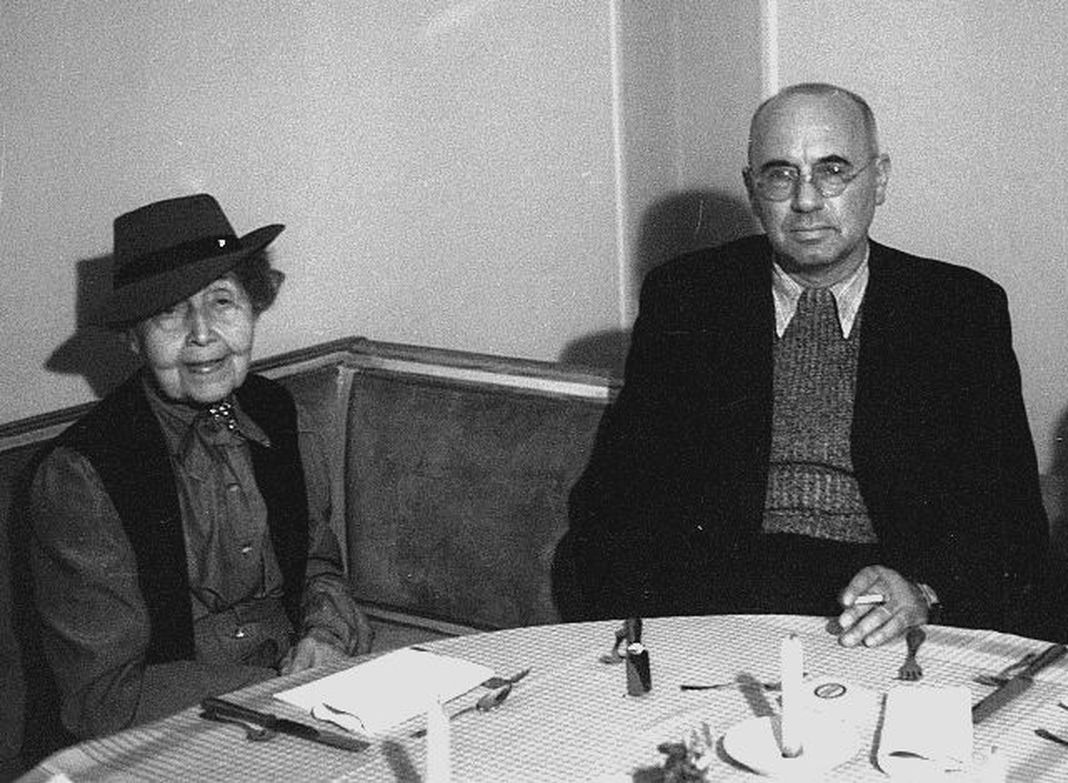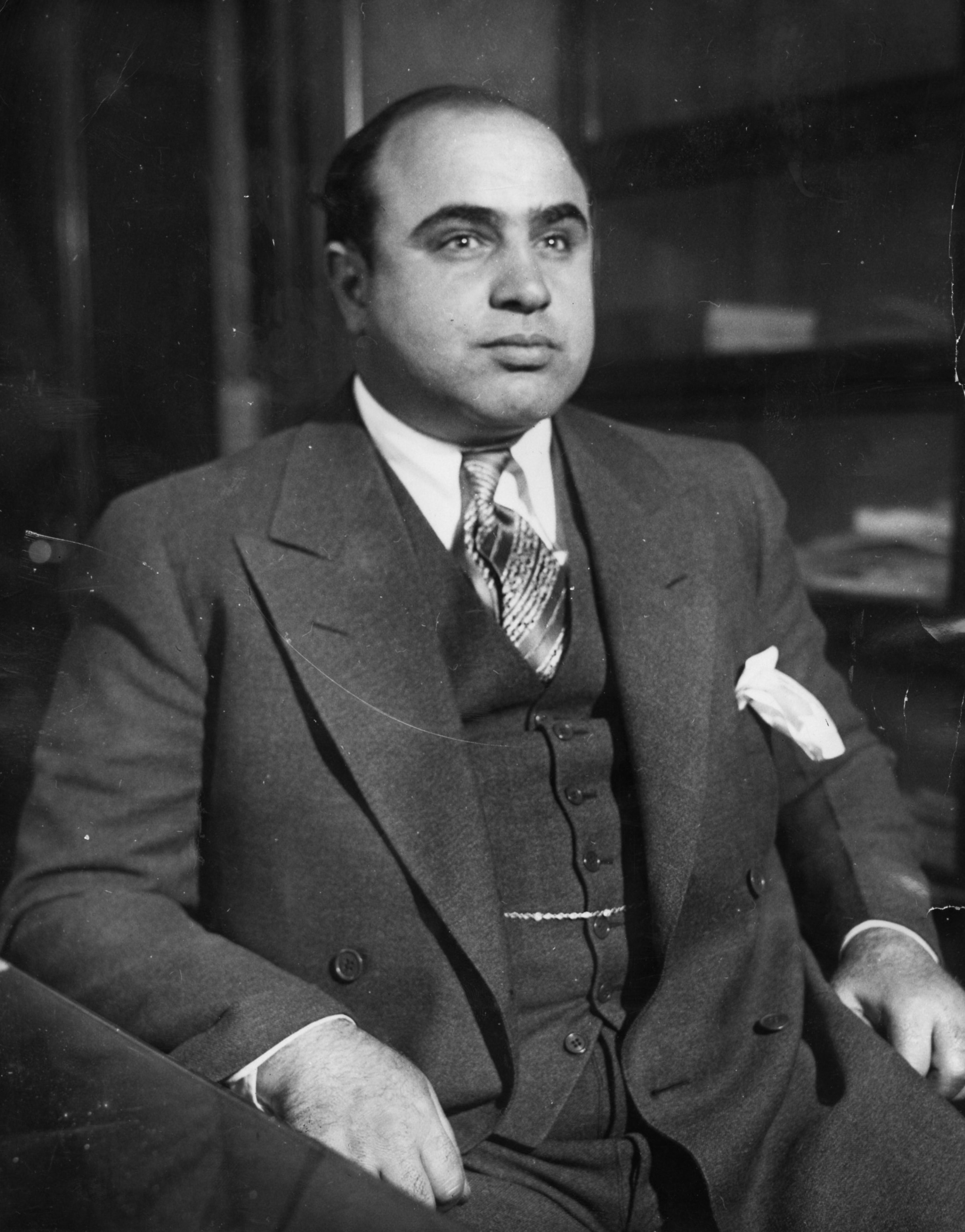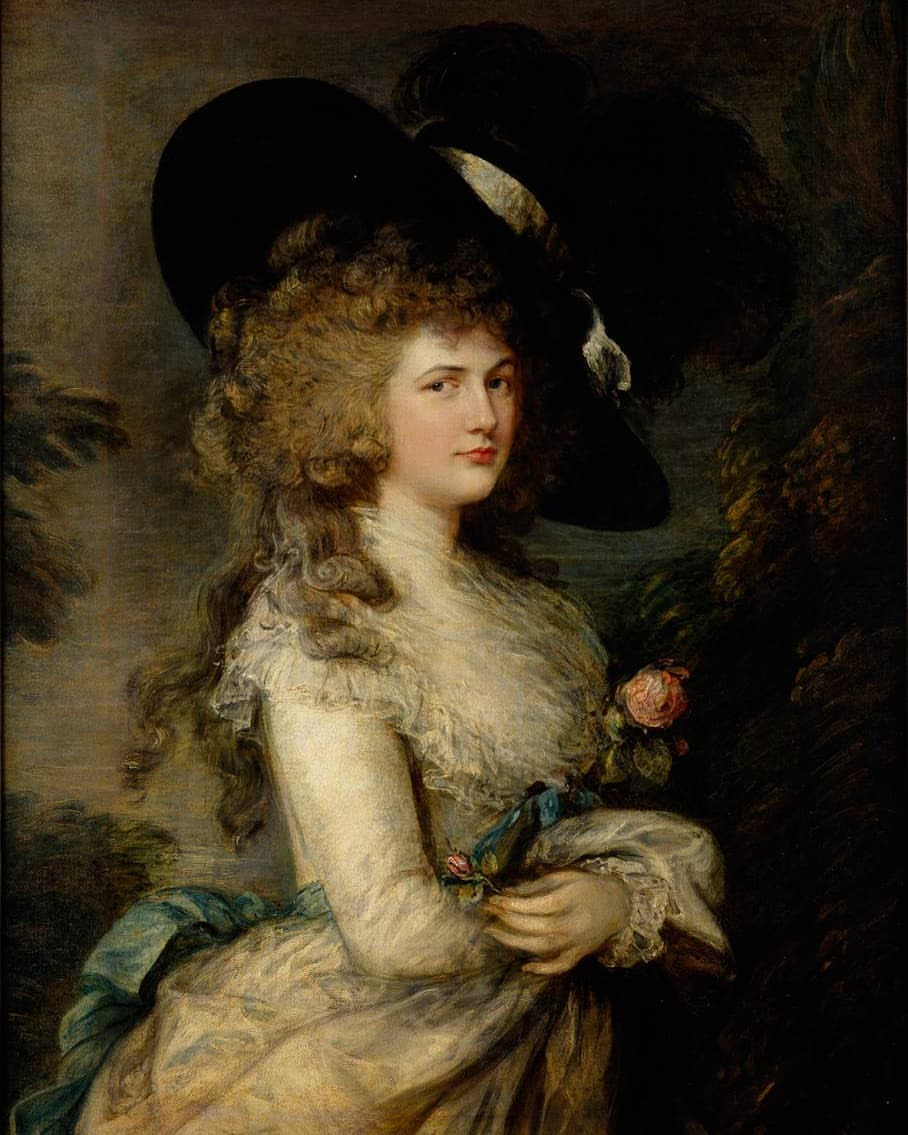|
Fog Over Frisco
''Fog Over Frisco'' is a 1934 United States, American Pre-Code drama film directed by William Dieterle. The screenplay by Robert N. Lee and Eugene Solow was based on the short story ''The Five Fragments'' by George Dyer. Plot Arlene Bradford (Bette Davis) is a spoiled, bored, wealthy socialite who finances her extravagant lifestyle (sociology), lifestyle by exploiting her Engagement, fiancé Spencer Carlton's (Lyle Talbot) access to her stepfather's broker, brokerage firm and using her connection to steal Bond (finance), security bonds for crime boss Jake Bello (Irving Pichel). When Arlene disappears, her step-sister Val (Margaret Lindsay) steps in to discover what happened to her with the help of society reporter Tony Sterling (Donald Woods (actor), Donald Woods) and photojournalist Izzy Wright (Hugh Herbert). Principal cast *Bette Davis as Arlene Bradford *Donald Woods (actor), Donald Woods as Tony Sterling *Margaret Lindsay as Val Bradford *Hugh Herbert as Izzy Wright *Lyle T ... [...More Info...] [...Related Items...] OR: [Wikipedia] [Google] [Baidu] |
William Dieterle
William Dieterle (July 15, 1893 – December 9, 1972) was a German-born actor and film director who emigrated to the United States in 1930 to leave a worsening political situation. He worked in Hollywood primarily as a director for much of his career, becoming a United States citizen in 1937. He moved back to Germany in the late 1950s. His best-known films include ''The Story of Louis Pasteur'' (1936), ''The Hunchback of Notre Dame'' (1939) and ''The Devil and Daniel Webster'' (1941). His film ''The Life of Emile Zola'' (1937) won the Academy Award for Best Picture, the second biographical feature to do so. Early life and career He was born Wilhelm Dieterle in Ludwigshafen, the youngest child of nine, to factory worker Jacob and Berthe (Doerr) Dieterle. As a child, he lived in considerable poverty and earned money by various means, including carpentry and as a scrap dealer. He became interested in theater early and would stage productions in the family barn for friends and f ... [...More Info...] [...Related Items...] OR: [Wikipedia] [Google] [Baidu] |
Pre-Code
Pre-Code Hollywood was the brief era in the Cinema of the United States, American film industry between the widespread adoption of sound in film in 1929LaSalle (2002), p. 1. and the enforcement of the Motion Picture Production Code censorship guidelines, popularly known as the "Hays Code", in mid-1934. Although the Code was adopted in 1930, oversight was poor, and it did not become rigorously enforced until July 1, 1934, with the establishment of the Production Code Administration (PCA). Before that date, film content was restricted more by local laws, negotiations between the Studio Relations Committee (SRC) and the major studios, and popular opinion, than by strict adherence to the Hays Code, which was often ignored by Hollywood filmmakers. As a result, some films in the late 1920s and early 1930s depicted or implied innuendo, sexual innuendo, miscegenation, romantic and sexual relationships between white and black people, mild profanity, Recreational drug use, illegal drug ... [...More Info...] [...Related Items...] OR: [Wikipedia] [Google] [Baidu] |
RKO Radio Pictures
RKO Radio Pictures Inc., commonly known as RKO Pictures or simply RKO, was an American film production and distribution company, one of the "Big Five" film studios of Hollywood's Golden Age. The business was formed after the Keith-Albee-Orpheum (KAO) theater chain and Joseph P. Kennedy's Film Booking Offices of America (FBO) studio were brought together under the control of the Radio Corporation of America (RCA) in October 1928. RCA chief David Sarnoff engineered the merger to create a market for the company's sound-on-film technology, RCA Photophone, and in early 1929 production began under the RKO name (an abbreviation of Radio-Keith-Orpheum). Two years later, another Kennedy holding, the Pathé studio, was folded into the operation. By the mid-1940s, RKO was controlled by investor Floyd Odlum. RKO has long been renowned for its cycle of musicals starring Fred Astaire and Ginger Rogers in the mid-to-late 1930s. Actors Katharine Hepburn and, later, Robert Mitchum had their ... [...More Info...] [...Related Items...] OR: [Wikipedia] [Google] [Baidu] |
George Chandler
George Chandler (June 30, 1898 – June 10, 1985) was an American actor who starred in over 140 feature films, usually in smaller supporting roles, and he is perhaps best known for playing the character of Uncle Petrie Martin on the television series '' Lassie'', and as the unfortunate young man who drank '' The Fatal Glass of Beer''. Early years He was born in Waukegan, Illinois, on June 30, 1898. During his infancy, his family moved to Hinsdale, Illinois. Early in his career, he had a vaudeville act, billed as "George Chandler, the Musical Nut," which featured comedy and his violin. He made his debut in film in 1929. Career George Chandler had a plain, unassuming face, allowing him to play incidental and background roles in dozens of movies. His outstanding facial feature was a wide, toothy smile. Today's audiences may know him from the Mack Sennett comedy '' The Fatal Glass of Beer'' (1933) starring W. C. Fields. In this absurd satire of antique Yukon melodramas, ... [...More Info...] [...Related Items...] OR: [Wikipedia] [Google] [Baidu] |
Arthur Byron
Arthur William Byron (April 3, 1872 – July 16, 1943) was an American actor. who played a mixture of British and American roles in films. Early years Byron was the son of actors Kate Crehan and Oliver Doud Byron. He was a nephew of the stage actress Ada Rehan, his maternal aunt. Career Byron started his theatrical career in February 1889 at the age of 17 with his father's dramatic company. In 1939 he celebrated his 50 years in showbusiness. He appeared in more than 300 plays and played with stars like Maxine Elliott, Ethel Barrymore, John Gielgud, Katherine Cornell, Maude Adams and Minnie Maddern Fiske. He was the founder and one-time president of The Actors' Equity Association and he also served as an officer of The Lambs and the Actor's fund of America. Byron appeared many times at the Lakewood Playhouse in Maine. Personal life and death Byron was married to Kathryn Keyes, and they had two daughters and a son. He died of a heart ailment, from which he suffered for s ... [...More Info...] [...Related Items...] OR: [Wikipedia] [Google] [Baidu] |
Photojournalist
Photojournalism is journalism that uses images to tell a news story. It usually only refers to still images, but can also refer to video used in broadcast journalism. Photojournalism is distinguished from other close branches of photography (such as documentary photography, social documentary photography, war photography, street photography and celebrity photography) by having a rigid ethical framework which demands an honest but impartial approach that tells a story in strictly journalistic terms. Photojournalists contribute to the news media, and help communities connect with one other. They must be well-informed and knowledgeable, and are able to deliver news in a creative manner that is both informative and entertaining. Similar to a writer, a photojournalist is a reporter, but they must often make decisions instantly and carry photographic equipment, often while exposed to significant obstacles, among them immediate physical danger, bad weather, large crowds, and limited ph ... [...More Info...] [...Related Items...] OR: [Wikipedia] [Google] [Baidu] |
Crime Boss
A crime boss, also known as a crime lord, Don, gang lord, gang boss, mob boss, kingpin, godfather, crime mentor or criminal mastermind, is a person in charge of a criminal organization. Description A crime boss typically has absolute or nearly absolute control over the other members of the organization and is often greatly feared or respected for their cunning, strategy, and/or ruthlessness and willingness to take lives to exert their influence and profits from the criminal endeavors in which the organization engages.Manning, George A. ''Financial Investigation and Forensic Accounting.'' Boca Raton, Fla.: CRC Press, 2005. Some groups may only have as little as two ranks (a crime boss and their soldiers). Other groups have a more complex, structured organization with many ranks, and structure may vary with cultural background. Organized crime enterprises originating in Sicily differ in structure from those in mainland Italy. American groups may be structured differently from ... [...More Info...] [...Related Items...] OR: [Wikipedia] [Google] [Baidu] |
Bond (finance)
In finance, a bond is a type of security under which the issuer ( debtor) owes the holder ( creditor) a debt, and is obliged – depending on the terms – to repay the principal (i.e. amount borrowed) of the bond at the maturity date as well as interest (called the coupon) over a specified amount of time. The interest is usually payable at fixed intervals: semiannual, annual, and less often at other periods. Thus, a bond is a form of loan or IOU. Bonds provide the borrower with external funds to finance long-term investments or, in the case of government bonds, to finance current expenditure. Bonds and stocks are both securities, but the major difference between the two is that (capital) stockholders have an equity stake in a company (i.e. they are owners), whereas bondholders have a creditor stake in a company (i.e. they are lenders). As creditors, bondholders have priority over stockholders. This means they will be repaid in advance of stockholders, but will rank behind s ... [...More Info...] [...Related Items...] OR: [Wikipedia] [Google] [Baidu] |
Broker
A broker is a person or firm who arranges transactions between a buyer and a seller for a commission when the deal is executed. A broker who also acts as a seller or as a buyer becomes a principal party to the deal. Neither role should be confused with that of an agent—one who acts on behalf of a principal party in a deal. Definition A broker is an independent party whose services are used extensively in some industries. A broker's prime responsibility is to bring sellers and buyers together and thus a broker is the third-person facilitator between a buyer and a seller. An example would be a real estate or stock broker who facilitates the sale of a property. Brokers can furnish market research and market data. Brokers may represent either the seller or the buyer but generally not both at the same time. Brokers are expected to have the tools and resources to reach the largest possible base of buyers and sellers. They then screen these potential buyers or sellers for the perfe ... [...More Info...] [...Related Items...] OR: [Wikipedia] [Google] [Baidu] |
Engagement
An engagement or betrothal is the period of time between the declaration of acceptance of a marriage proposal and the marriage itself (which is typically but not always commenced with a wedding). During this period, a couple is said to be ''fiancés'' (from the French), ''betrothed,'' ''intended'', ''affianced'', ''engaged to be married,'' or simply ''engaged''. Future brides and grooms may be called ''fiancée'' (feminine) or ''fiancé'' (masculine), ''the betrothed'', a ''wife-to-be'' or ''husband-to-be'', respectively. The duration of the courtship varies vastly, and is largely dependent on cultural norms or upon the agreement of the parties involved. Long engagements were once common in formal arranged marriages, and it was not uncommon for parents betrothing children to arrange marriages many years before the engaged couple were old enough. This is still done in some countries. Many traditional Christian denominations have optional rites for Christian betrothal (also k ... [...More Info...] [...Related Items...] OR: [Wikipedia] [Google] [Baidu] |
Lifestyle (sociology)
Lifestyle is the interests, opinions, behaviours, and behavioural orientations of an individual, group, or culture. The term was introduced by Austrian psychologist Alfred Adler in his 1929 book, ''The Case of Miss R.'', with the meaning of "a person's basic character as established early in childhood". The broader sense of lifestyle as a "way or style of living" has been documented since 1961. Lifestyle is a combination of determining intangible or tangible factors. Tangible factors relate specifically to demographic variables, i.e. an individual's demographic profile, whereas intangible factors concern the psychological aspects of an individual such as personal values, preferences, and outlooks. A rural environment has different lifestyles compared to an urban metropolis. Location is important even within an urban scope. The nature of the neighborhood in which a person resides affects the set of lifestyles available to that person due to differences between various neighborhoods ... [...More Info...] [...Related Items...] OR: [Wikipedia] [Google] [Baidu] |
Socialite
A socialite is a person from a wealthy and (possibly) aristocratic background, who is prominent in high society. A socialite generally spends a significant amount of time attending various fashionable social gatherings, instead of having traditional employment. Word history The word ''socialite'' is first attested in 1909 in a California newspaper. It was popularized by ''Time'' magazine in the 1920s.David E. Sumner, ''The Magazine Century: American Magazines Since 1900'', 2010, , p. 62 United Kingdom Historically, socialites in the United Kingdom were almost exclusively from the families of the aristocracy and landed gentry. Many socialites also had strong familial or personal relationships to the British royal family. Between the 17th and early 19th centuries, society events in London and at country houses were the focus of socialite activity. Notable examples of British socialites include Beau Brummell, Lord Alvanley, the Marchioness of Londonderry, Daisy, Princess of P ... [...More Info...] [...Related Items...] OR: [Wikipedia] [Google] [Baidu] |




.jpg)


.jpg)
.jpg)
